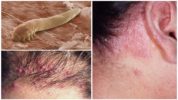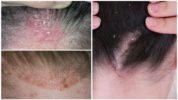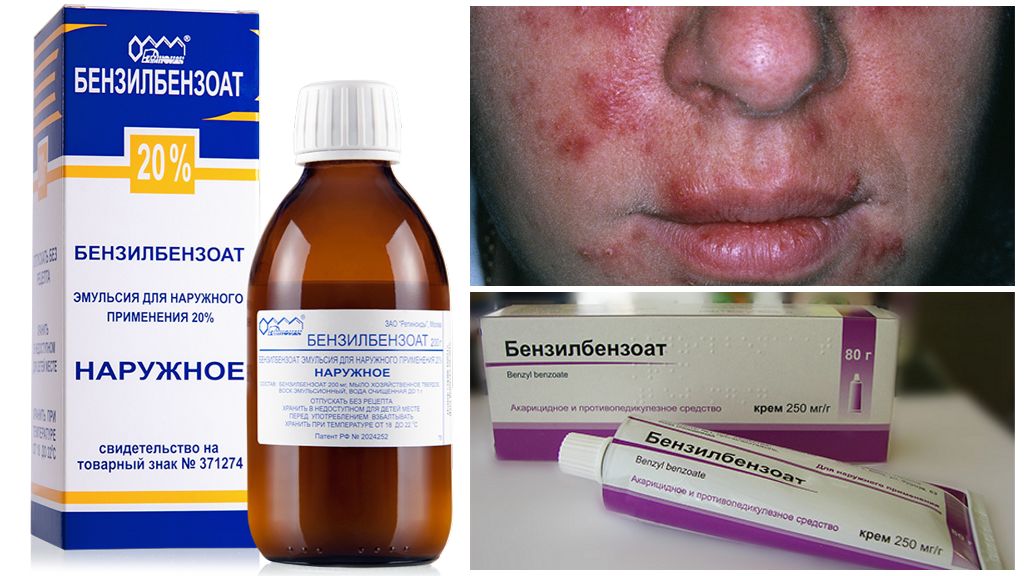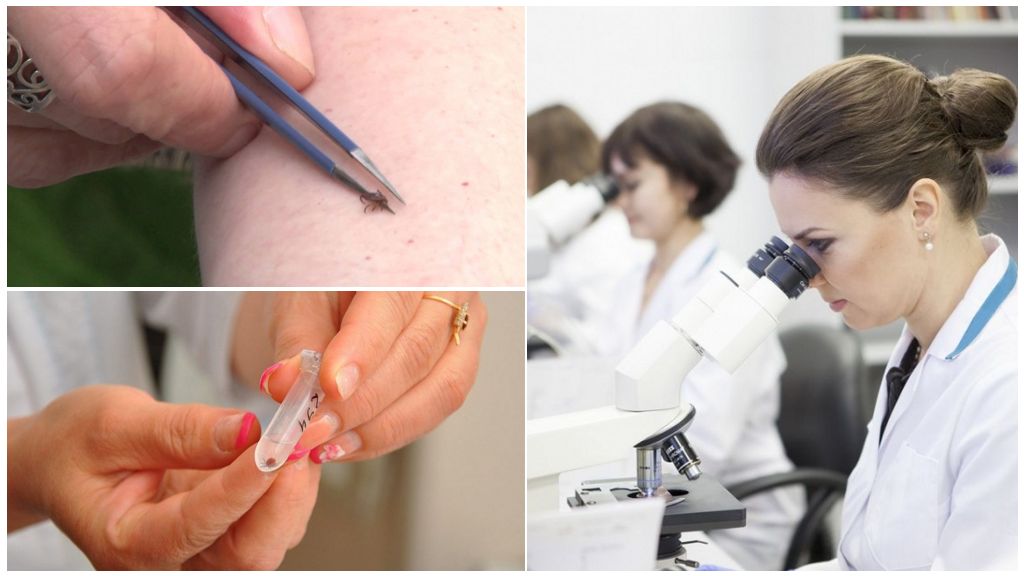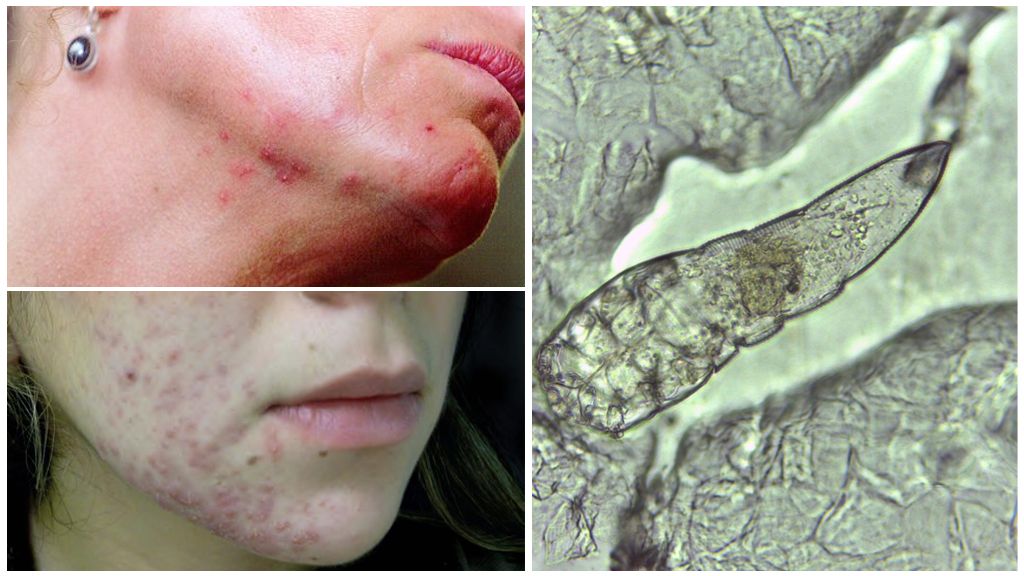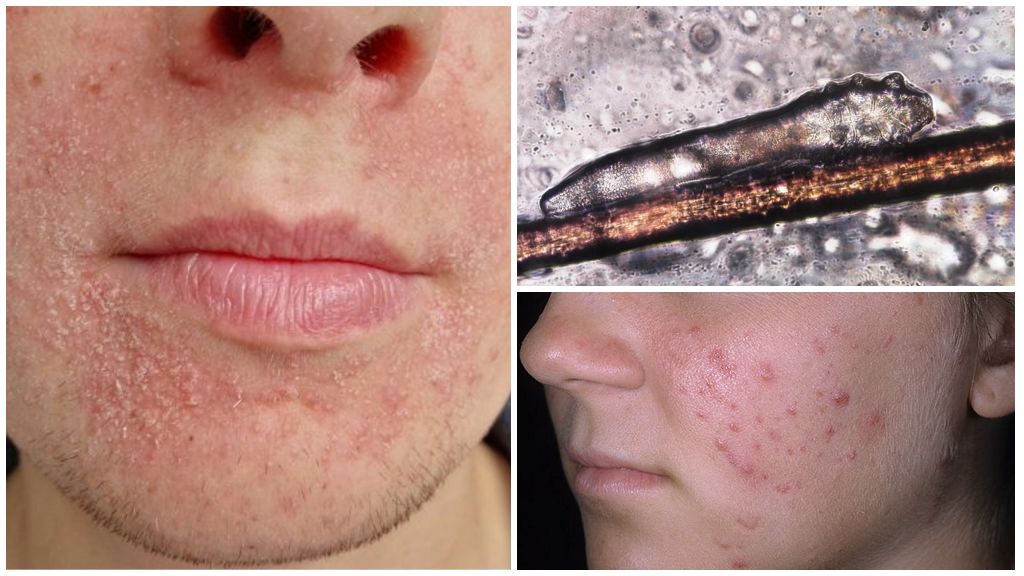- Hair mite on the scalp
- Causes of demodicosis of the scalp
- Demodecosis of the scalp
- Treatment of demodicosis of the scalp
Demodecosis is a disease that triggered a tick in the head. The parasite bears the same name - demodex and is a worm-shaped individual with a developed microscopic jaw to bite and claws for effective fastening. The disease is a serious problem for humans and requires immediate treatment. The sooner steps are taken to fix the problem, the easier it will be to recover.
How is the disease manifested?
Demodecosis alone can be detected only in the phase when the ticks begin active reproduction. Their life processes will bring a person serious discomfort. The peak activity of ticks occurs during the period of emotional overstrain, stressful situations, or other factors causing a decrease in the body's defenses.
Important!
Treatment of a tick in the head, begun until the moment the parasite begins its active life, will be easier and faster, will give a positive result.
Demodecosis begins rapidly and is characterized by a sharp deterioration in the human condition. That is why you should know the main symptoms of a tick on the head in the hair:
- Itching, burning, tightness of the skin. The main and very first sign of the disease.
- Dry skin, resulting in dandruff, flaky skin.
- Redness at the sites of affection with ticks that does not go away.
- Rash on scalp. It is manifested by the appearance of red nodules (papules).
- Sealing the epidermis.
- You may notice vascular nets on the skin.
At the initial stage, independently diagnosing a tick on the head is quite problematic. Symptoms are very similar to the manifestation of dandruff, therefore, instead of competent therapy, only the well-advertised seborrhea shampoos are used.
The hair tick in humans continues its development, secreting an increasing number of vital products. In the future, they will provoke a response from the body. If the disease is ignored, then in the place of the greatest accumulation of ticks, the hair will begin to fall out and the skin will tighten.
On a note!
In most cases, the Demodex tick affects the head, but it can also be detected on the eyebrows, eyelashes, centuries, on the face and even behind the ears.
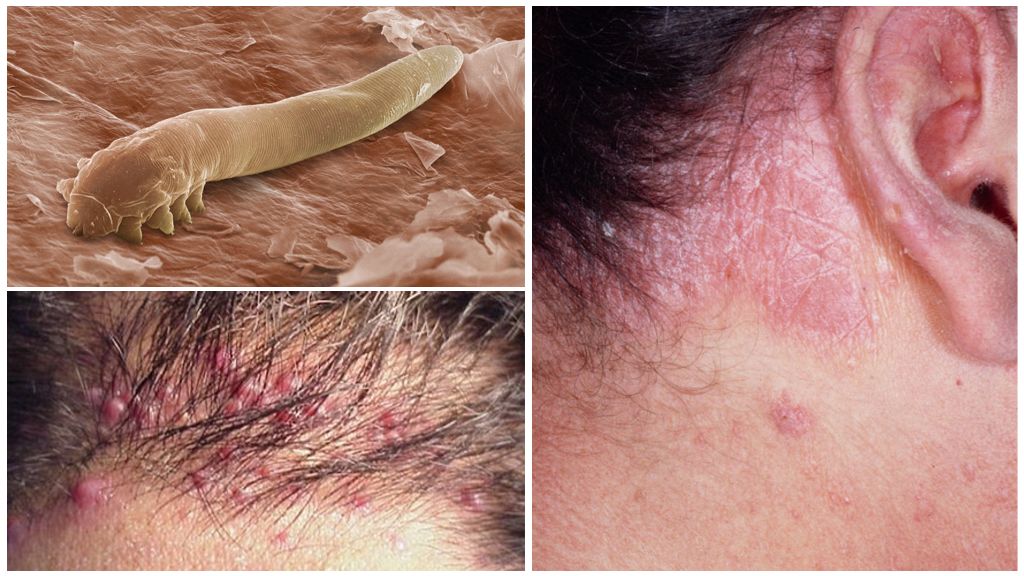
Diagnostic Methods
Understand that a tick has bitten into the head and only a specialist can confirm the diagnosis reliably. To do this, contact a dermatologist, cosmetologist or trichologist. The specialist will definitely conduct a visual examination, interview the patient for symptoms and prescribe laboratory tests for demodicosis.
To detect a tick, they can use:
- Scraping of the epidermis from the affected area. This analysis will determine the presence of a tick and assess the degree of damage.
- Analysis of sebaceous gland secretions. During the capture of material, the integrity of the skin is damaged.
- Surface biopsy. Allows you to assess the degree of damage.
- Skin biopsy with histology.It is carried out on a small area of the skin with the extraction of the content of the sebaceous glands.
- Extraction of hairs for follicle research. With the help of this study, a specialist can find a tick in the hair on the head, eyelashes and eyebrows. The only method that evaluates follicular lesions.
On a note!
Examination on bioresonance equipment will help determine the depth of the parasite meeting. After making a diagnosis and assessing the degree of neglect of the disease, the doctor will be able to prescribe treatment.
Causes of Demodecosis
The reason why a subcutaneous tick appeared on the head can be both internal and external factors.
Internal:
- decreased immunity after illness;
- general weakening of the body, which becomes the result of a lack of vitamins or an illness;
- chronic diseases of a viral nature, these include tuberculosis, hepatitis, HIV, toxoplasmosis;
- defeat by helminths, which inhibit the functioning of the immune system, aggravate the effects of other diseases;
- various autoimmune diseases also contribute to a decrease in defenses;
- gastrointestinal diseases - due to the increased growth of pathogenic microorganisms and bacteria;
- joining existing skin diseases;
- malignant neoplasms;
- diabetes.
On a note!
Often, a subcutaneous tick activates its activity in pregnant women.
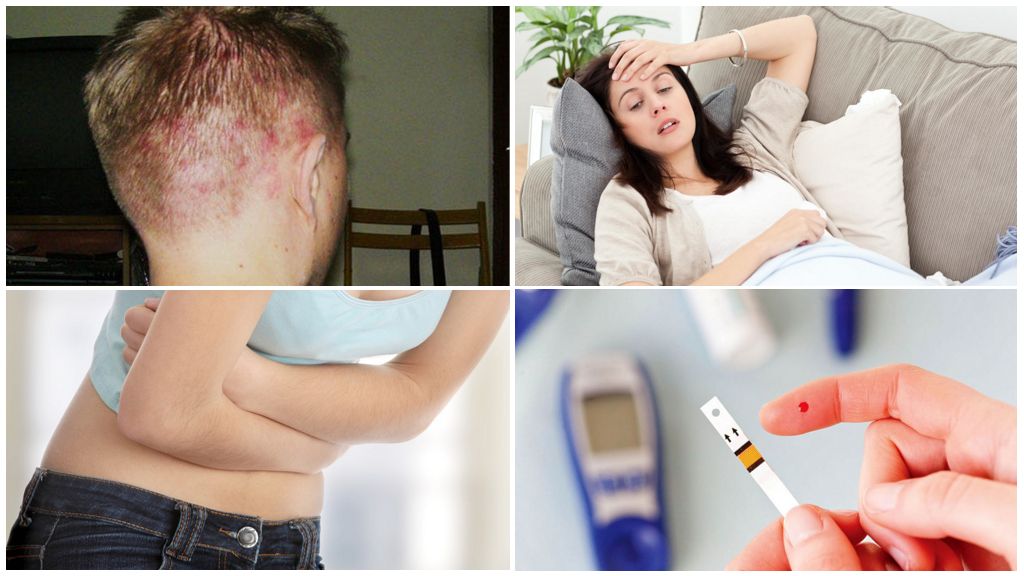
Provoke the development of the disease may external factors:
- high temperatures, it concerns lovers to take hot baths, visit baths and saunas;
- bad habits: alcohol, smoking;
- unhealthy diet: an abundance of fatty, fried and smoked foods, excessive consumption of sweets;
- environmental pollution.
A healthy person who leads an active lifestyle, plays sports, monitors his health and nutrition quality, the chances of getting a tick are much less.
The consequences of ignoring the disease
If a hair tick in humans is not detected in a timely manner and treatment is not prescribed, then demodicosis will develop into a more dangerous form.
Ticks in the head can cause such unpleasant phenomena:
- Frequent conjunctivitis.
- Decreased visual acuity. This process is reversible after eliminating the cause.
- The appearance of a whitish coating on the eyelids and eyelashes.
- Regular appearance of barley in the eyes.
Interesting!
In a healthy person, the presence of a demodex mite does not cause any inconvenience and is asymptomatic.
Below is a photo of a tick in the head, which was not stopped in time and managed to spread widely on the surface of the skin.
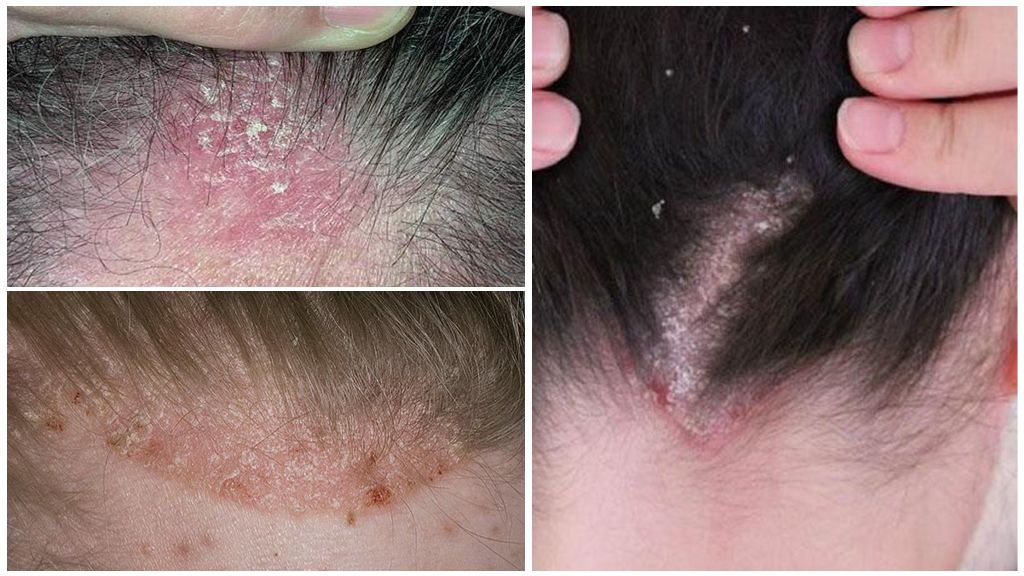
Treatment rules
Subcutaneous ticks should be treated in several ways at once. Only an integrated approach will allow you to effectively and efficiently get rid of the disease.
Antidemodecosis therapy includes:
- Destruction of a tick by special preparations.
- Cleansing the body, removing toxins.
- Strengthening immunity.
At the first stage, the specialist directs forces to extermination of the tick itself. To do this, apply:
- Benzyl Benzoate Ointment. An aggressive product that causes skin irritation, but is very effective in combating subcutaneous tick at any stage of its distribution.
- Sulfuric ointment. It should be applied to affected areas of the skin daily. A prerequisite is the daily replacement of bed linen with clean.
- Zinc ointment. Dries the skin, prevents the spread of fungus, destroys the tick.
- Clotrimazole. An effective remedy that is often used for various fungal diseases and against parasites.
- Streptocide. The drug has lost relevance, as more powerful ones appeared. But it is actively used as an additional therapy that accelerates the healing of the skin.
- Trichopolum. Active against various parasites. It affects the DNA of the tick and destroys it.
On a note!
If the activity of the tick is characterized by the appearance of a large number of pustules, you should turn to antibiotic-based ointments. These are tetracycline, chloramphenicol, erythromycin.
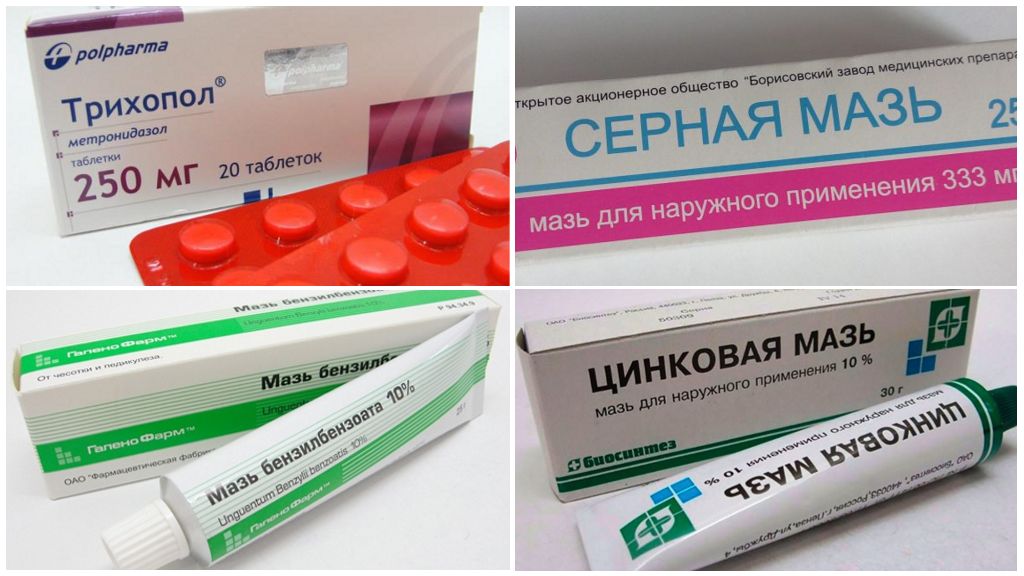
Additionally, antihistamines are also prescribed. They help reduce the appearance of the tick and reduce the sensitivity of the body. For these purposes, it is recommended to use:
- Suprastin.
- Zirtek.
- Erius.
- Eden.
- Tavegil.
Treatment of a tick can also be carried out in medical institutions with the help of physical procedures:
- Laser removal. Using a special device, the parasite is destroyed.
- Antiseptic Stimulator Road.
On a note!
Strengthen the therapy will help special shampoos against demodicosis.
To increase the protective functions of the body, the doctor can prescribe multivitamin complexes, B vitamins, vitamin C, iron, calcium, zinc, folic acid.
Special attention is paid to the restoration of the psycho-emotional state of a person. As a sedative, valerian, persen and other drugs of similar action can be prescribed.
At the time of treatment, you should exclude spicy, fatty, fried and smoked foods, reduce flour and sweets.
Folk methods
Simple help well folk remedies. But it is recommended to use them only after consultation with a specialist. Otherwise, therapy can be ineffective and even harm.
For these purposes, use:
- Kerosene. They lubricate the scalp.
- Birch tar. It will also help drive away the tick if you grease the head with the product. Acts similarly ointment Yam.
- Hydrogen peroxide. She needs to treat the affected areas 2-3 times a day.
- Masks based on sunflower oil. Using this method often becomes the reason why a large tick got out of the head after treatment. The dense texture of the material blocks the access of oxygen to parasites, and they are selected outside.
- Garlic compresses. Grate the garlic or pass through a press and apply on the scalp. Wrap in cellophane and stand for 30 minutes. After that, wash your hair with a special shampoo.
Important!
Increased attention during the fight against ticks should be given to hygiene. Disinfect bedding and towels. Replace feather blankets and pillows with synthetic ones.
During the use of folk remedies, you should very carefully monitor the condition of your body. If you experience unpleasant sensations, itching or burning, urgently stop the procedure and rinse the affected area with running water.
